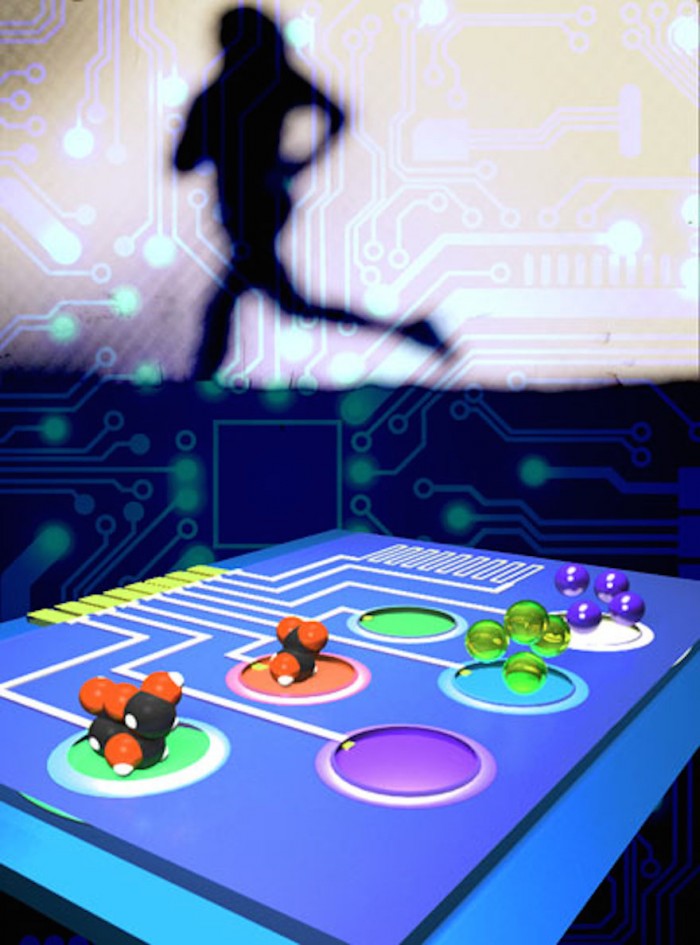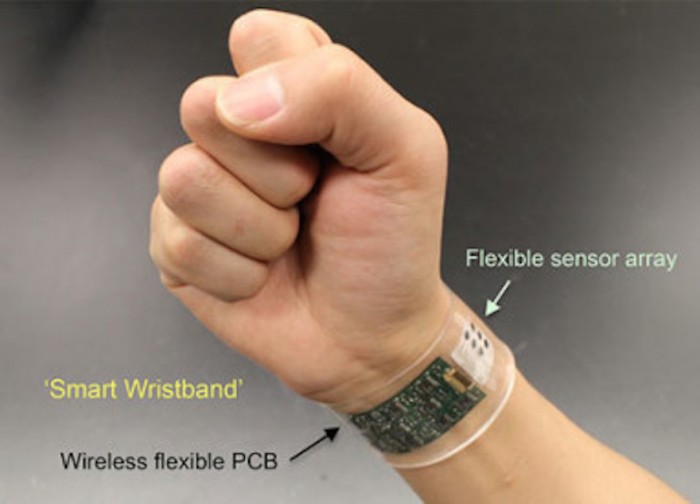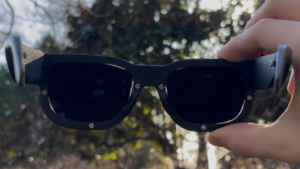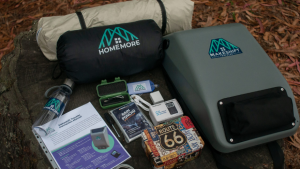Wearable technology is developing rapidly and changing the face of traditional diagnostics. Integrating these technological advancements with consumer medical devices is the aim of engineers and computer scientist at the University of California in Berkley.
Ali Javey, an electrical engineering and computer science professor at UCB, aims to bridge chemistry with electrical engineering. Javey says that these precipitation analysing sensors are the first step towards the long-term goal to use this device in population-level studies for medical applications.
Jarvey explains that five tiny sensors are printed onto a flexible circuit board. He says: "The sensors measure the metabolites in glucose and lactate, the electrolytes in sodium and potassium and skin temperature. The results are processed and analysed through a microprocessor and sent to a cell phone application in an easy to read format." This information can be easily obtained on a variety of levels such as muscle fatigue, hydration, salt content and blood pressure
In a recent online article, Javey explains that sweat is physiologically rich in information about the state of the human body. These attributes make precipitation an ideal bodily fluid to monitor through a non-invasive wearable device. Adding to this, Javey notes that the complexity of sweat means that multiple targets must be scrutinized to extract meaningful information. In this regard, Javey says: “They have developed an integrated system that simultaneously and selectively measures multiple sweat analyses, and transmits the processed data to a smartphone.”
In addition to sports applications, the researchers hope to one day offer it to the medical field, as a quick, easy way to monitor a patient's condition.








